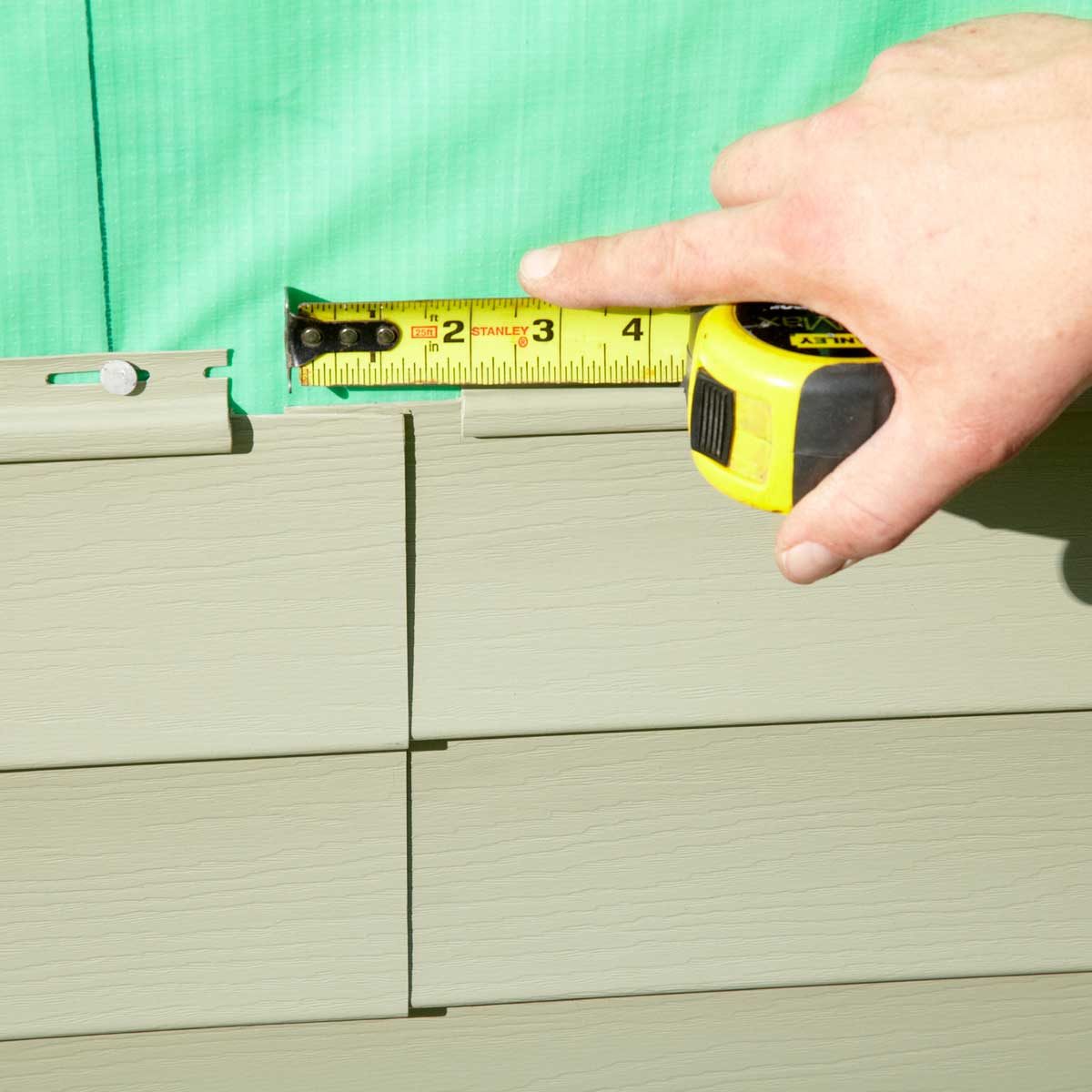

Articles
How Much Overlap On Vinyl Siding
Modified: August 31, 2024
Discover articles about how much overlap is required on vinyl siding to ensure proper installation and maximum durability. Get expert tips and advice on vinyl siding overlap to achieve a professional finish.
(Many of the links in this article redirect to a specific reviewed product. Your purchase of these products through affiliate links helps to generate commission for Storables.com, at no extra cost. Learn more)
Introduction
When it comes to installing vinyl siding, one of the most important factors to consider is the proper overlap between each panel. The overlap plays a crucial role in ensuring the durability and effectiveness of the siding in protecting your home against the elements.
Vinyl siding is a popular choice for homeowners due to its low maintenance and durability. It is designed to resist moisture and withstand extreme weather conditions. However, if the panels are not overlapped correctly during the installation process, it can compromise the integrity of the siding and lead to issues such as water penetration and warping.
In this article, we will explore the importance of proper vinyl siding overlap and discuss the factors that influence the appropriate measurements. We will also address common issues that arise from insufficient overlap and provide some useful tips for achieving the correct overlap during installation.
By understanding the significance of proper vinyl siding overlap and following the recommended guidelines, you can ensure that your siding will not only enhance the aesthetics of your home but also provide long-lasting protection for years to come.
Key Takeaways:
- Proper vinyl siding overlap is crucial for protecting your home from moisture and external elements. Follow manufacturer guidelines and consider climate and wall structure for optimal measurements.
- Insufficient vinyl siding overlap can lead to water infiltration, warping, reduced energy efficiency, and compromised aesthetics. Hiring professional installers and following precise measurements are key to a successful installation.
Read more: How Much Do You Overlap Hardie Siding
Understanding Vinyl Siding Overlap
Vinyl siding overlap refers to the amount of one siding panel that extends over the adjacent panel. This overlap is crucial for creating a watertight seal and preventing moisture infiltration into the underlying structure of your home.
The primary function of vinyl siding overlap is to provide a barrier against the elements, such as rain, snow, wind, and debris. When properly overlapped, the panels create a protective layer that keeps water from seeping behind the siding. This helps to maintain the structural integrity of your home and prevent potential damage to the walls.
There are two main types of vinyl siding overlap: horizontal and vertical. Horizontal overlap occurs when one siding panel overlaps the panel below it. This type of overlap is more common and is typically found on the sides of the house. Vertical overlap, on the other hand, happens when one panel overlaps the panel next to it vertically. This type of overlap is typically used for gable ends or areas where the siding needs to be vertically oriented.
It is important to note that the amount of overlap required for vinyl siding will vary depending on the manufacturer and the specific product being installed. Each manufacturer will provide guidelines on the recommended overlap measurements for their particular siding panels.
Proper vinyl siding overlap is essential for maintaining the integrity of the siding and ensuring its ability to withstand harsh weather conditions. It not only protects your home from moisture but also helps to prevent damage caused by wind, UV rays, and even pests.
Next, let’s explore the various factors that can influence the appropriate measurements for vinyl siding overlap.
Factors Influencing Vinyl Siding Overlap
Several factors come into play when determining the appropriate measurements for vinyl siding overlap. It’s important to consider these factors to ensure proper installation and optimum performance of your siding.
1. Manufacturer Recommendations: Each vinyl siding manufacturer provides specific guidelines regarding the recommended overlap measurements for their products. These guidelines take into account the material properties and design of the siding panels. It is crucial to follow the manufacturer’s instructions for proper overlap to achieve the best results and maintain warranty coverage.
2. Climate and Weather Conditions: The climate and weather conditions in your area can impact the required amount of overlap. Regions with heavy rainfall or high wind speeds may require larger overlap measurements to prevent water intrusion and ensure the panels remain securely in place during storms.
3. Siding Profile and Thickness: Different vinyl siding profiles have varying thicknesses, textures, and dimensions. These factors can influence the recommended overlap measurements. Thicker or textured siding may require larger overlaps to ensure a proper fit and optimal protection against moisture.
4. Wall Structure: The condition and composition of your home’s exterior walls can affect the ideal amount of overlap. If the walls have an irregular surface or are not perfectly flat, additional overlap may be needed to compensate for any gaps or unevenness.
5. Installation Technique: The skill and technique used during the installation process can impact the overall alignment and overlap of the siding panels. It’s important to follow proper installation practices to achieve a consistent and appropriate overlap between the panels.
Considering all these factors is crucial to determine the right amount of overlap for your vinyl siding. Failure to take these considerations into account can result in inadequate protection, compromised aesthetics, and potential issues down the line.
Now that we understand the various factors that influence vinyl siding overlap, let’s move on to discussing the recommended overlap measurements.
Recommended Overlap Measurements
While the precise measurements for vinyl siding overlap may vary depending on the manufacturer and specific product, there are some general guidelines that can help you achieve the recommended overlap.
For horizontal overlap, a common recommendation is to have a minimum overlap of 1 inch. This means that each siding panel should extend at least 1 inch over the panel below it. However, some manufacturers may recommend a larger overlap of 1.5 to 2 inches for added protection against moisture and wind-driven rain.
When it comes to vertical overlap, the general guideline is to have a minimum overlap of 0.5 to 1 inch. This allows for proper drainage and prevents water from infiltrating behind the siding. Again, it’s important to refer to the specific recommendations provided by the manufacturer for the product you are installing.
It’s worth noting that these measurements are guidelines and may need to be adjusted based on the factors we discussed earlier. Your installer should take into account the specific conditions of your home and any local building codes that may dictate the required overlap measurements.
It’s recommended to consult with a professional siding installer or refer to the manufacturer’s installation instructions to ensure you achieve the appropriate overlap for your specific vinyl siding product.
Now that we understand the recommended overlap measurements, let’s explore some common issues that can arise from insufficient vinyl siding overlap.
When installing vinyl siding, it’s important to allow for a 1/4 inch overlap between panels to accommodate for expansion and contraction due to temperature changes. This will help prevent buckling and warping over time.
Common Issues with Insufficient Overlap
Insufficient vinyl siding overlap can lead to a range of problems that compromise the effectiveness and longevity of your siding. It’s important to be aware of these issues to avoid potential headaches down the line.
1. Water Infiltration: Insufficient overlap leaves gaps between the siding panels, making it easier for water to penetrate behind the siding. This can result in moisture damage to the underlying structure of your home, leading to rot, mold, and other issues.
2. Warping and Buckling: Without proper overlap, the siding panels are more susceptible to warping and buckling, especially when exposed to extreme weather conditions. This compromises the appearance and integrity of your siding, affecting both the aesthetics and functionality.
3. Reduced Insulation and Energy Efficiency: Inadequate overlap can create gaps that allow air to infiltrate, reducing the insulation value of your home. This leads to decreased energy efficiency and increased heating and cooling costs.
4. Exterior Damage: Insufficient overlap can make your siding more vulnerable to damage from debris, wind, and other external factors. This can result in cracks, dents, and even detachment of the siding panels.
5. Aesthetics and Curb Appeal: Insufficient overlap can create an uneven and unattractive appearance. Gaps between the panels can be visually displeasing and detract from the overall curb appeal of your home.
To avoid these issues, it’s imperative to ensure that the vinyl siding is installed with the proper overlap measurements as recommended by the manufacturer and in line with industry best practices.
Now that we’ve discussed the common issues that arise from insufficient overlap, let’s move on to some tips for achieving the correct vinyl siding overlap during installation.
Read more: How Much Does A Box Of Vinyl Siding Cost
Tips for Achieving Proper Vinyl Siding Overlap
To ensure that you achieve the correct vinyl siding overlap during installation, consider these useful tips:
1. Follow Manufacturer’s Instructions: Always refer to the manufacturer’s guidelines and installation instructions specific to the vinyl siding product you are using. These instructions will provide the recommended overlap measurements and any additional requirements for a successful installation.
2. Use Professional Installers: Hiring experienced and reliable professionals for your vinyl siding installation is crucial. Professional installers are familiar with industry standards and have the expertise to ensure the correct overlap and alignment of the siding panels.
3. Measure and Cut Panels Accurately: Take accurate measurements of each siding panel and ensure precise cuts during installation. This helps to achieve a consistent and proper overlap between the panels.
4. Align Panels Properly: Pay attention to the alignment of the siding panels during installation. Ensuring that the panels are properly aligned will contribute to achieving the correct overlap and a uniform appearance.
5. Allow for Expansion and Contraction: Vinyl siding can expand and contract with temperature fluctuations. When installing the siding, leave a small gap at the end of each panel to allow for this movement. This will help prevent warping and buckling.
6. Inspect the Overlap: As you proceed with the installation, regularly inspect the overlap between the siding panels. Make sure there are no gaps or uneven areas, and adjust as necessary to maintain a consistent overlap throughout.
7. Weatherproofing: Apply proper weatherproofing measures, such as flashing, caulking, and insulation, to ensure that the siding installation is well-sealed and protected against moisture infiltration.
By following these tips, you can significantly increase the chances of achieving a proper vinyl siding overlap, leading to a secure, aesthetically pleasing, and long-lasting installation.
Now let’s wrap up our discussion on vinyl siding overlap.
Conclusion
Proper vinyl siding overlap is essential for the durability, functionality, and aesthetics of your home’s exterior. It helps create a protective barrier against the elements, preventing water infiltration and potential damage to the underlying structure. By understanding the importance of vinyl siding overlap and following the recommended guidelines, you can ensure that your siding installation stands the test of time.
When installing vinyl siding, it’s crucial to consider factors such as manufacturer recommendations, climate conditions, siding profile, wall structure, and installation technique. These factors influence the appropriate measurements for overlap, ensuring that your siding provides optimal protection against moisture, wind, and other external elements.
Common issues that arise from insufficient overlap include water infiltration, warping, reduced energy efficiency, exterior damage, and compromised aesthetics. To avoid these problems, it’s crucial to achieve the correct overlap measurements during installation.
By following tips such as following manufacturer’s instructions, using professional installers, measuring and cutting accurately, aligning panels properly, allowing for expansion and contraction, and regular inspection, you can achieve the proper vinyl siding overlap.
Remember to consult with a professional installer or refer to the manufacturer’s guidelines specific to your vinyl siding product for accurate recommendations regarding overlap measurements.
Investing time and effort into achieving the correct vinyl siding overlap will not only enhance the protection and longevity of your home but also contribute to its curb appeal and value. So, when it comes to vinyl siding installation, get the overlap right for a beautiful, durable, and well-protected home.
Frequently Asked Questions about How Much Overlap On Vinyl Siding
Was this page helpful?
At Storables.com, we guarantee accurate and reliable information. Our content, validated by Expert Board Contributors, is crafted following stringent Editorial Policies. We're committed to providing you with well-researched, expert-backed insights for all your informational needs.
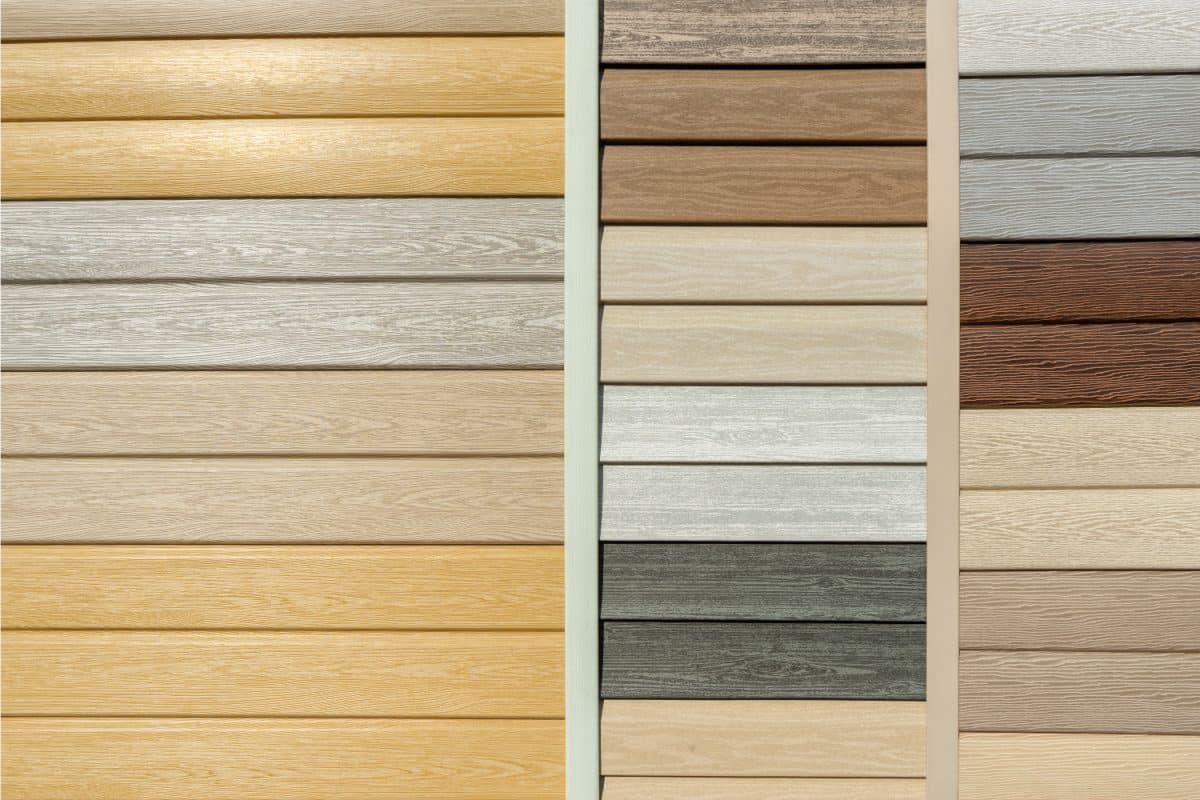
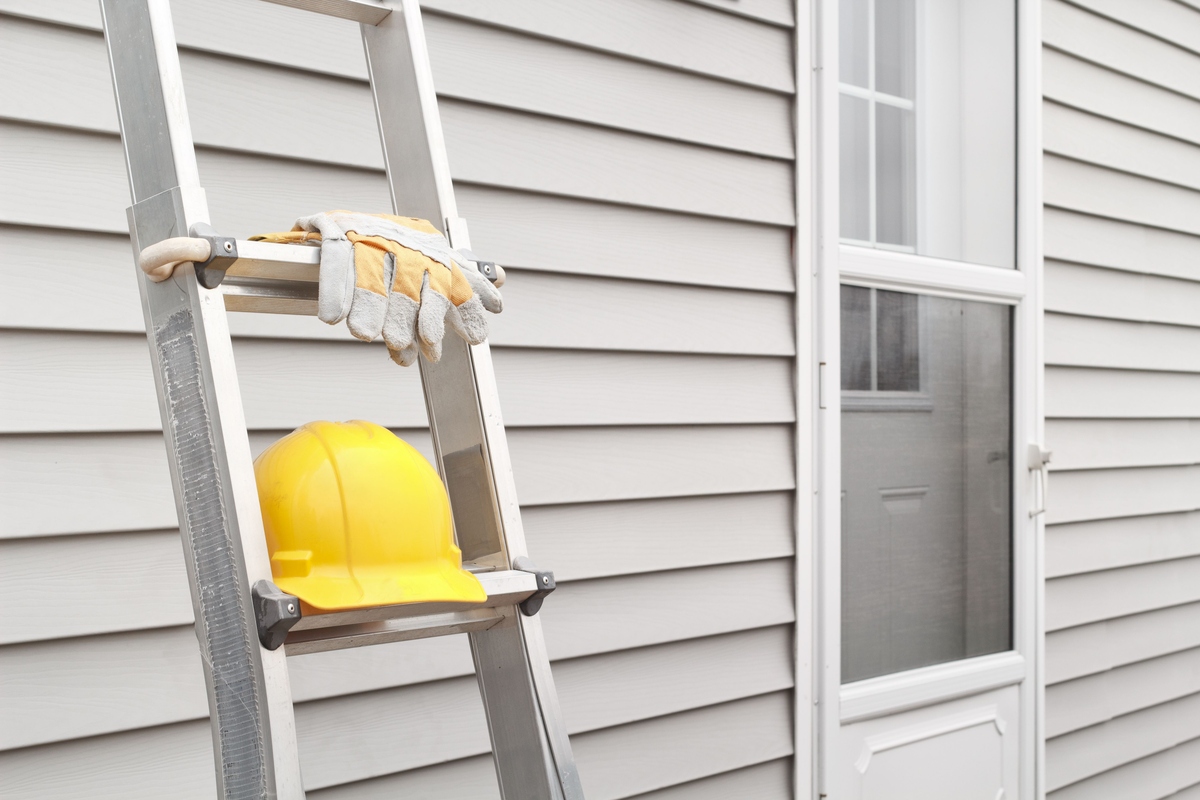

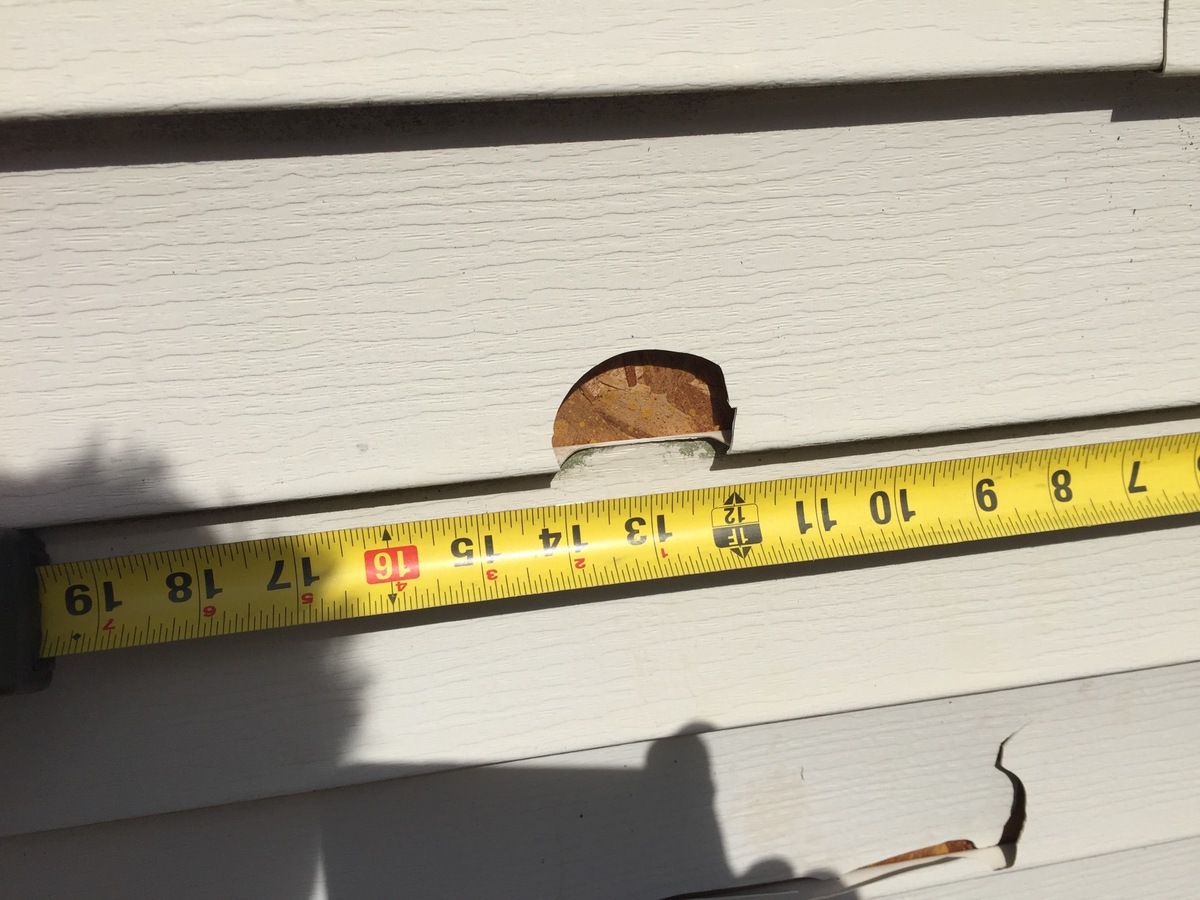
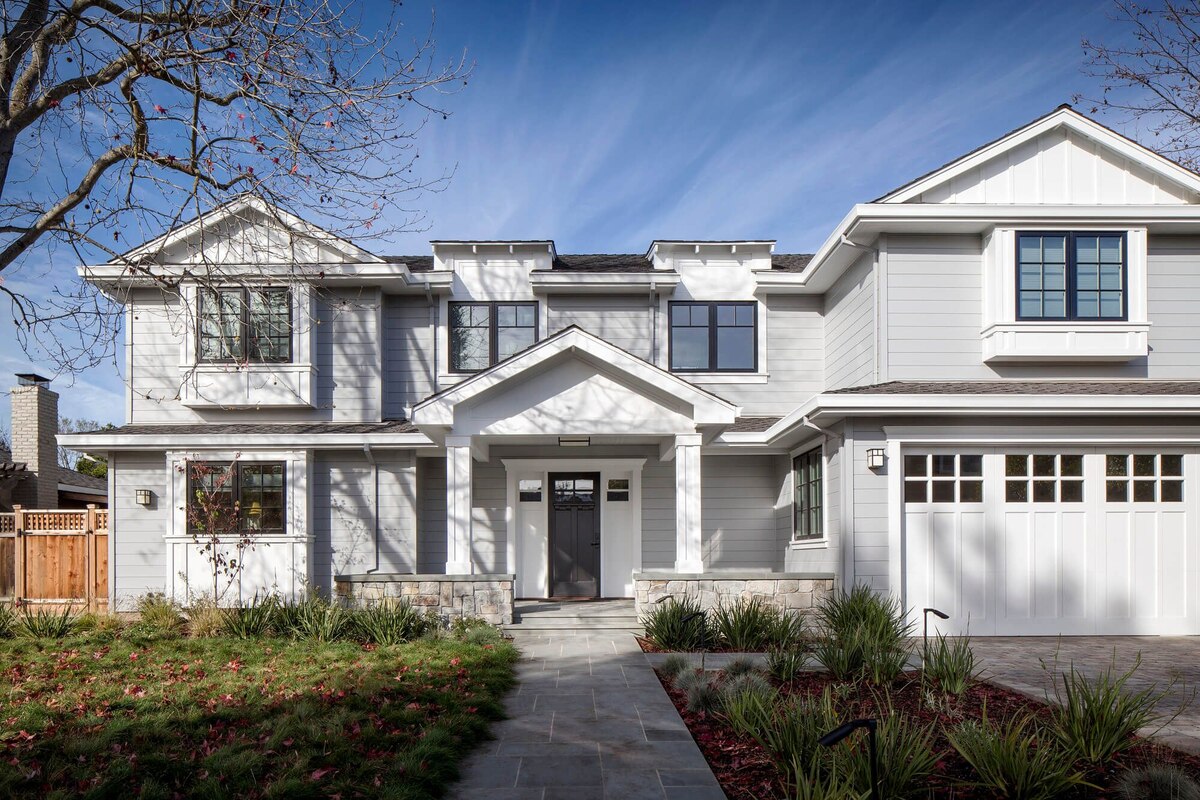

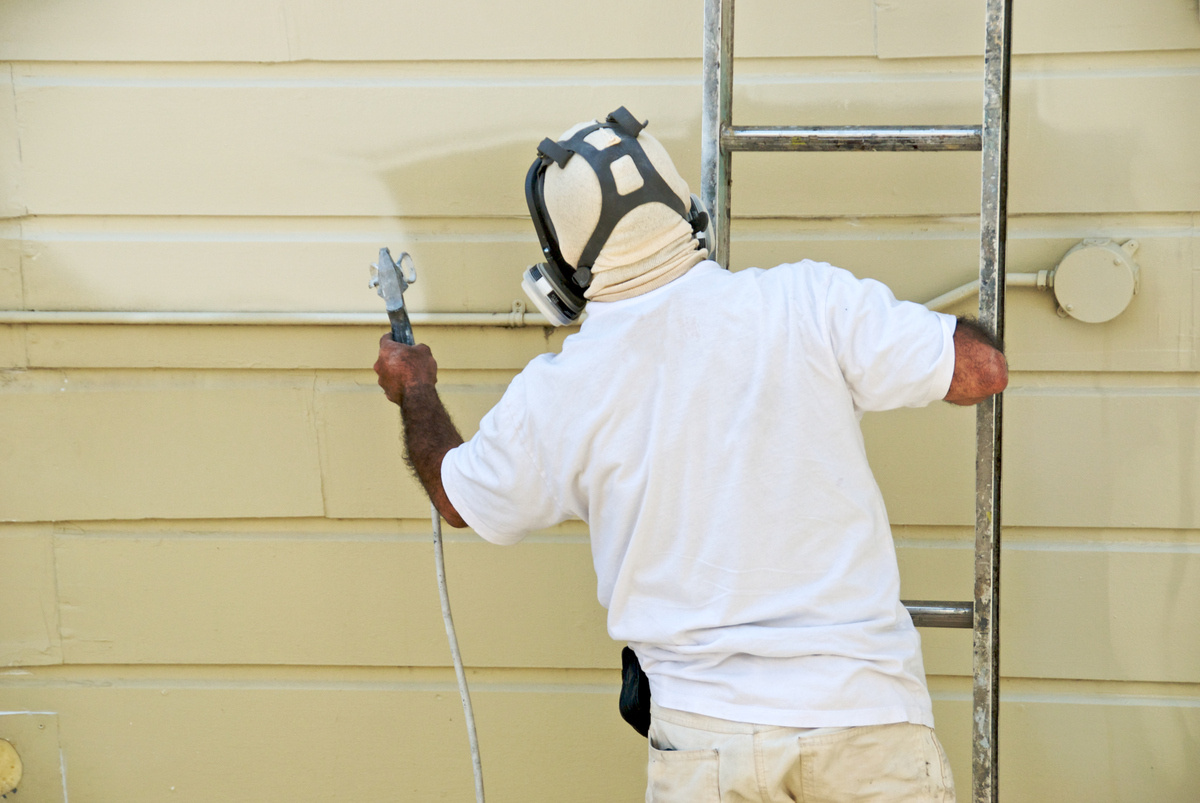
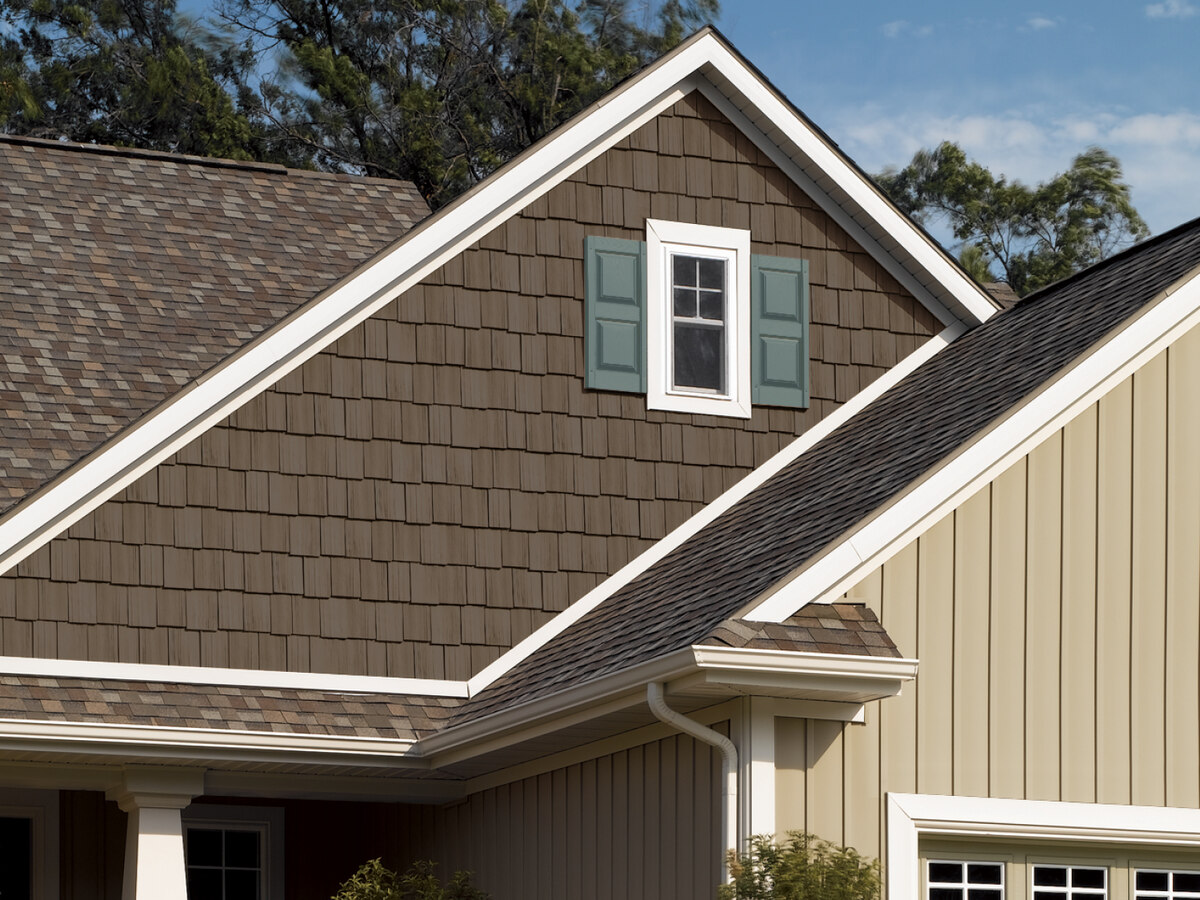
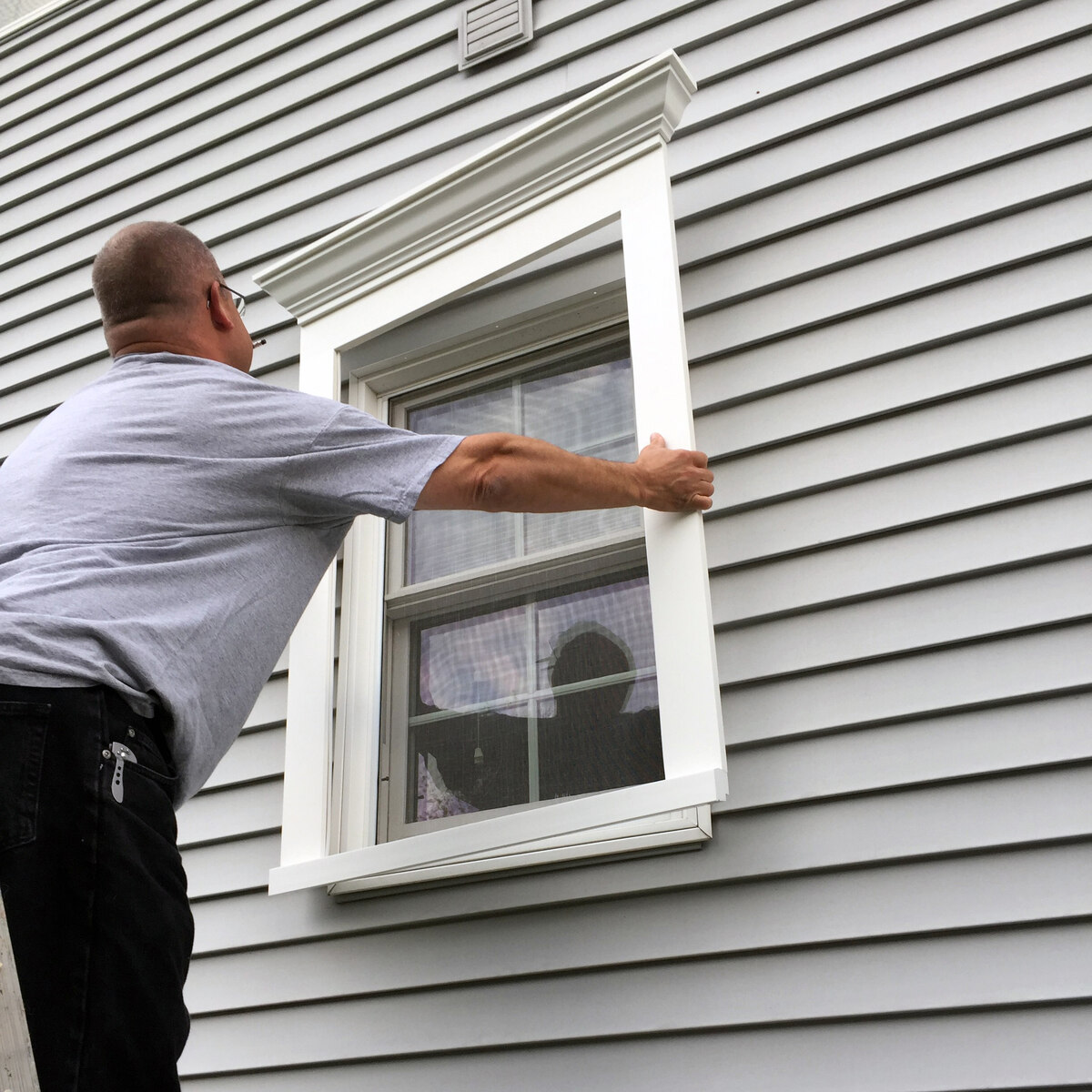
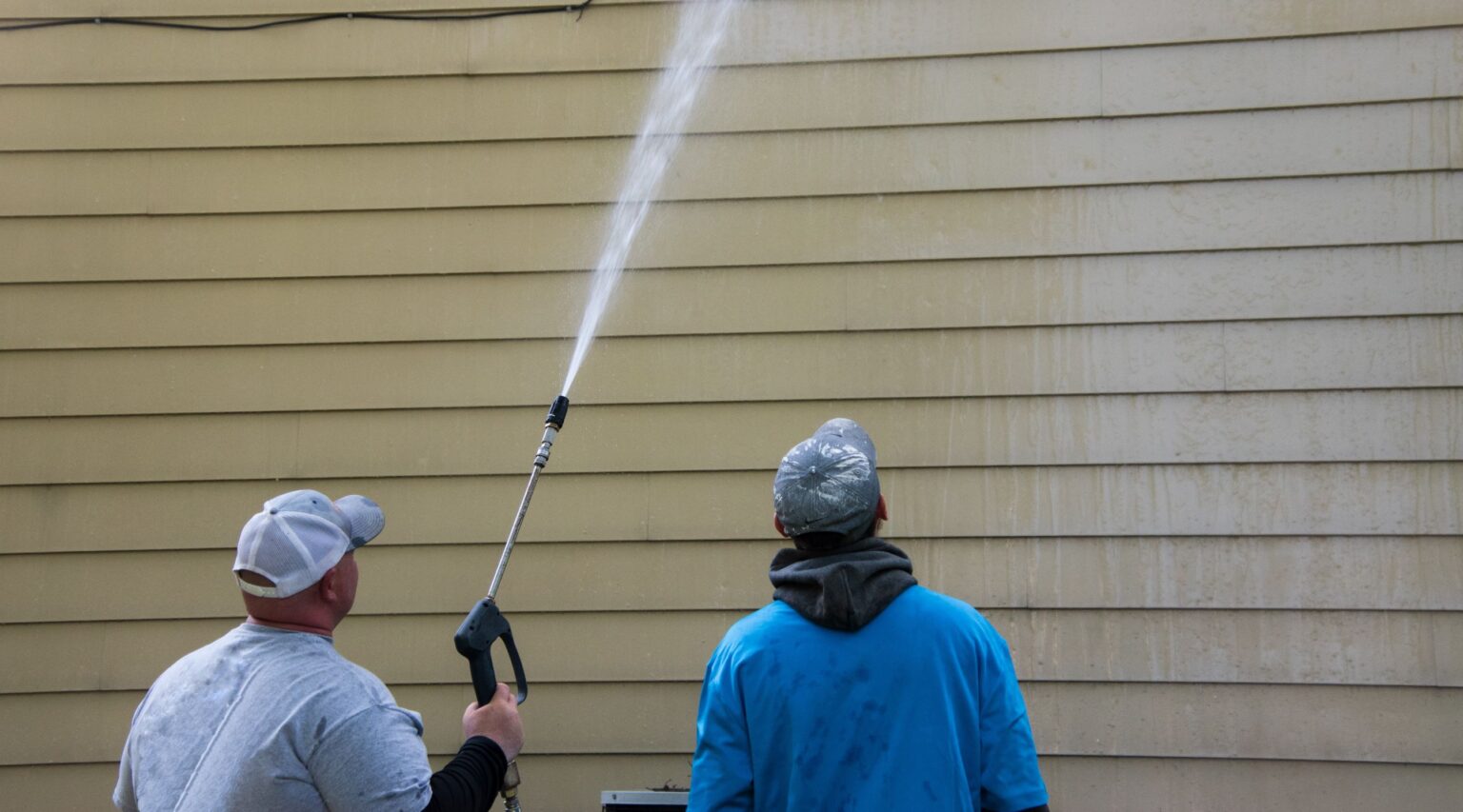
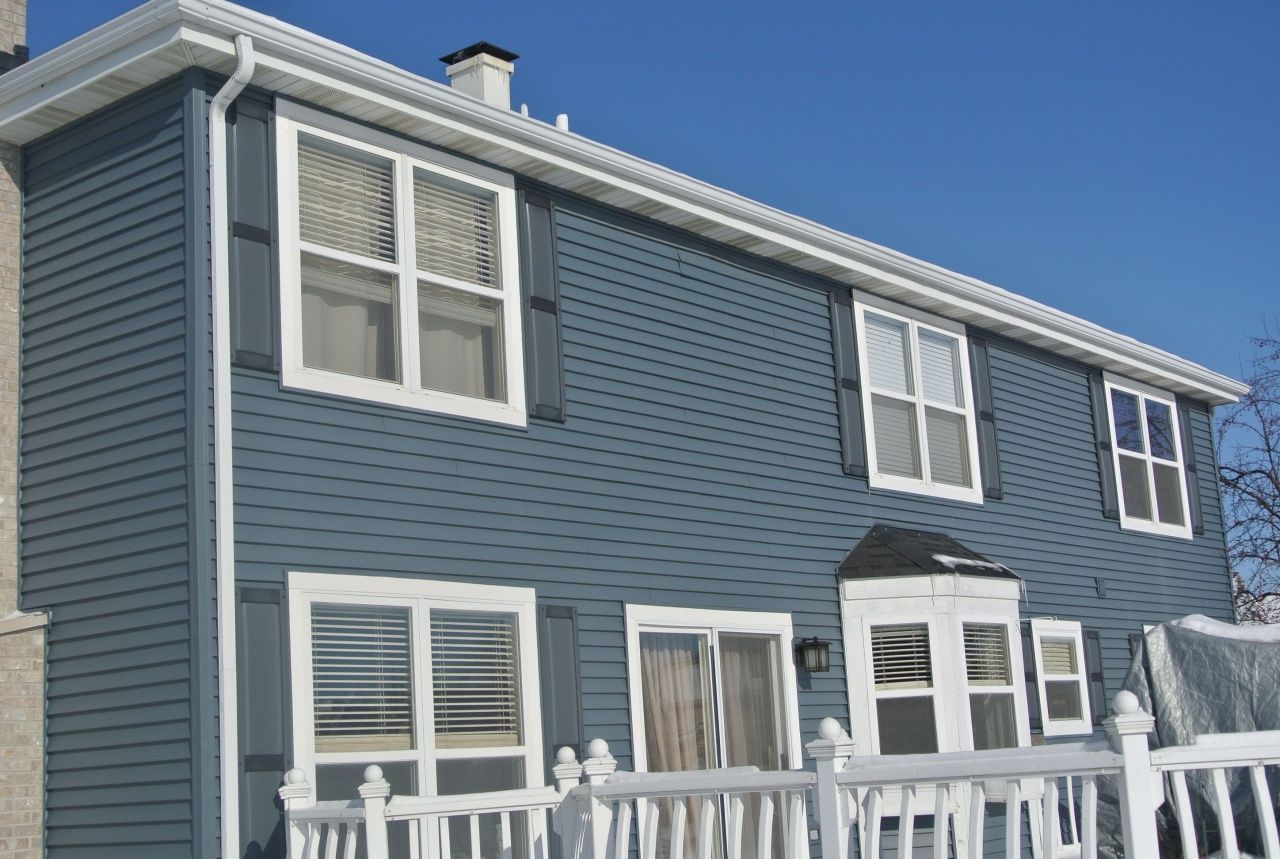
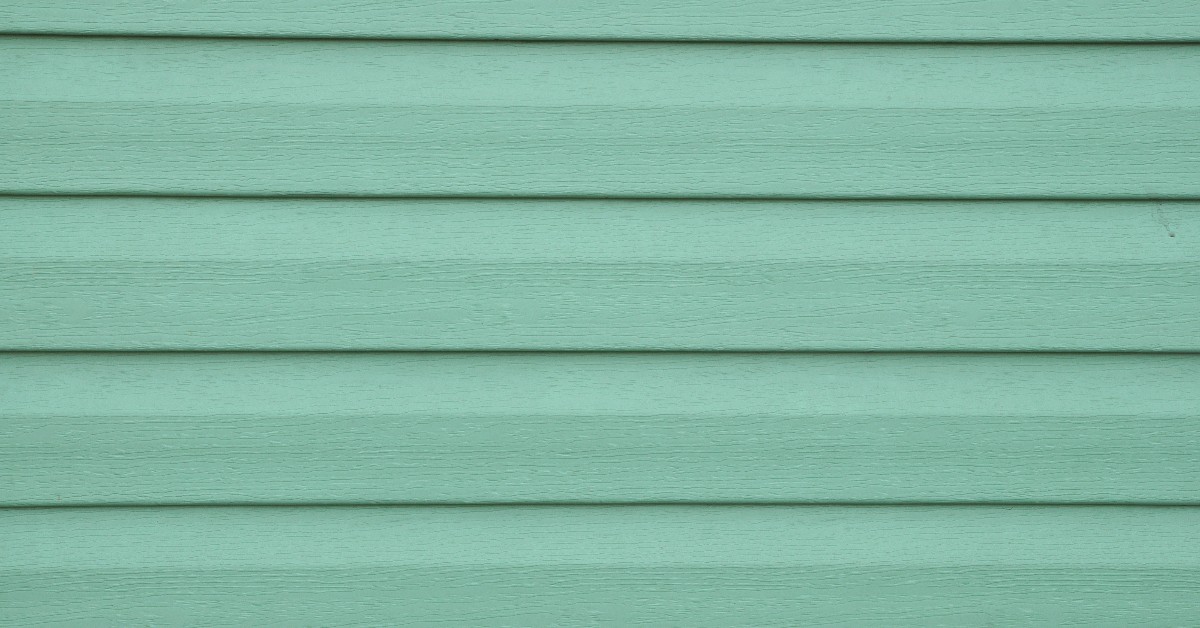
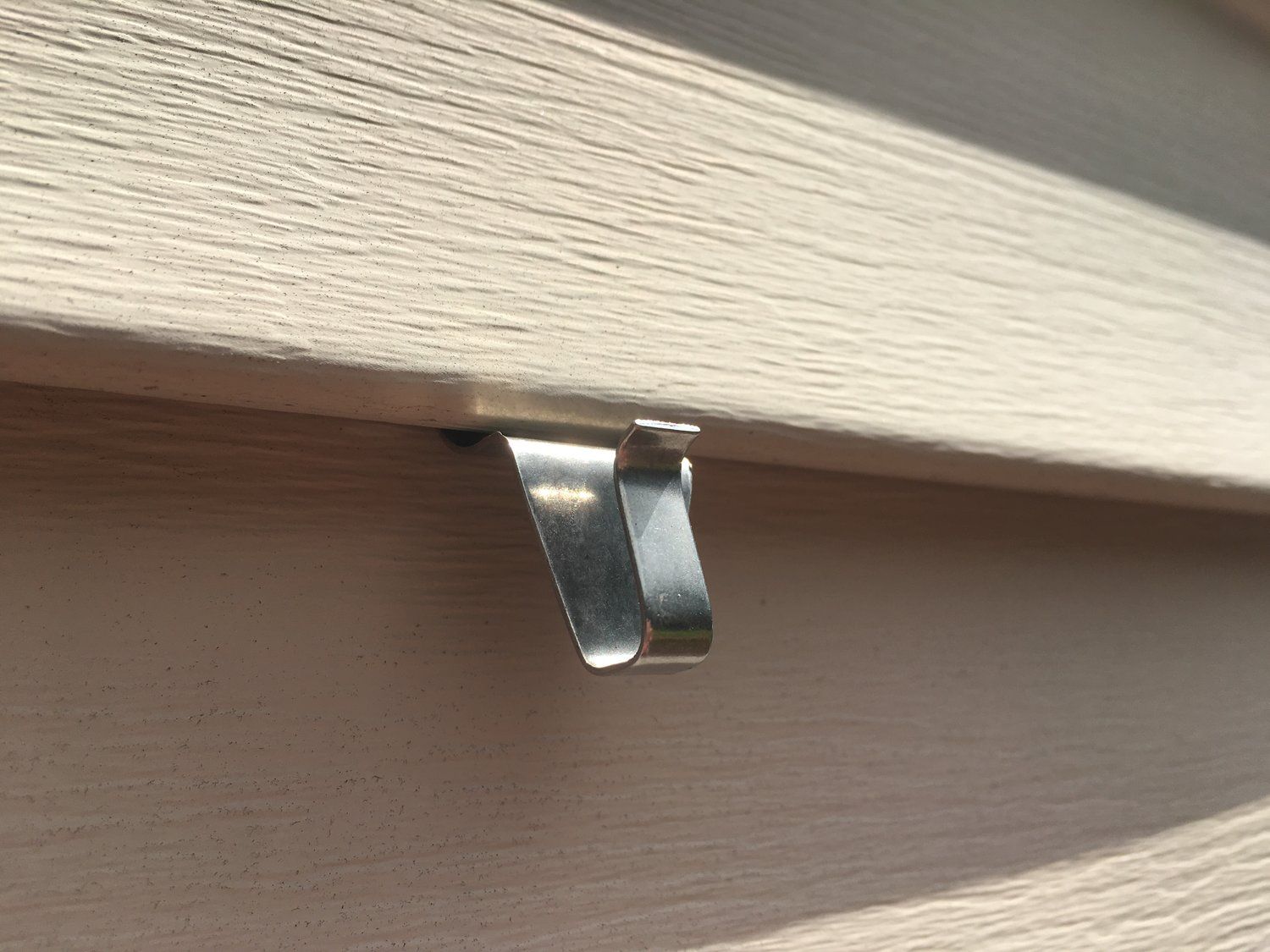
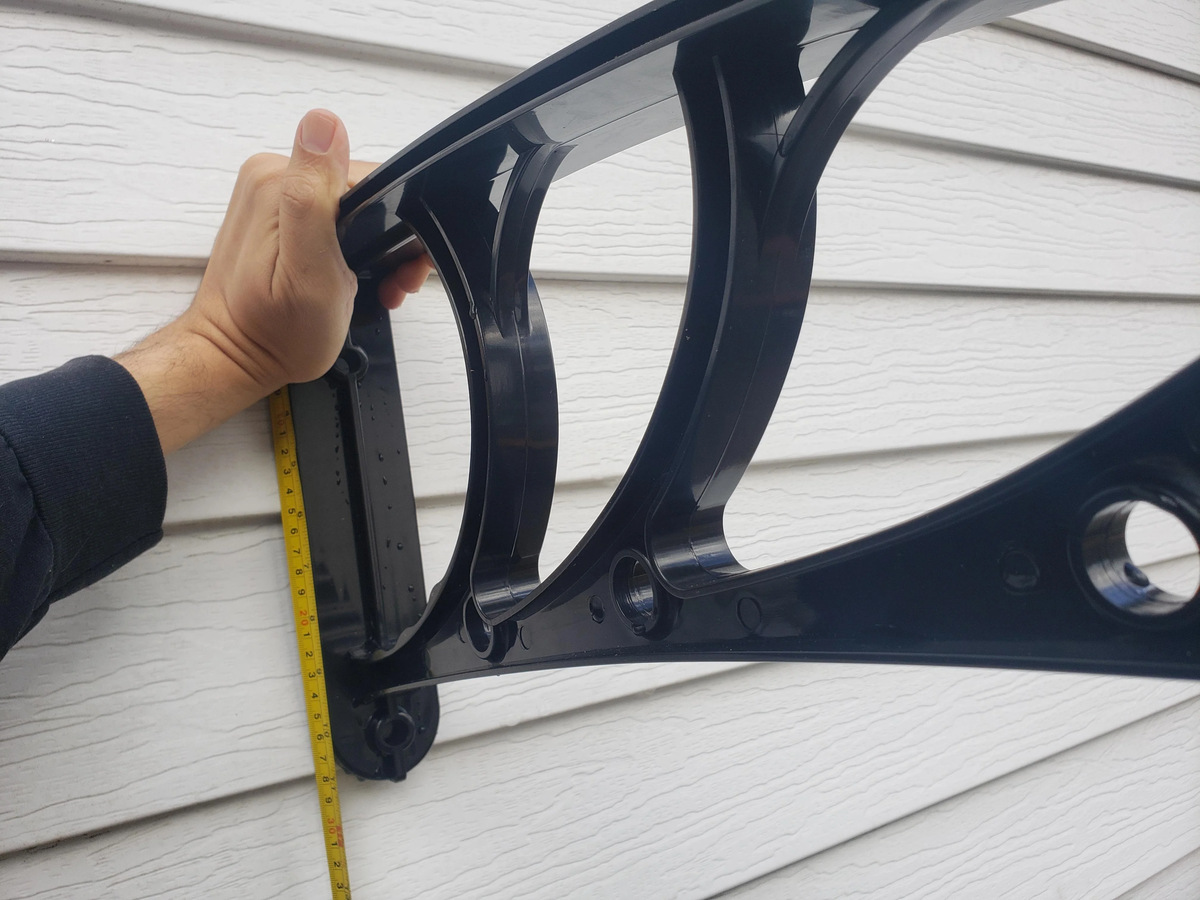

0 thoughts on “How Much Overlap On Vinyl Siding”